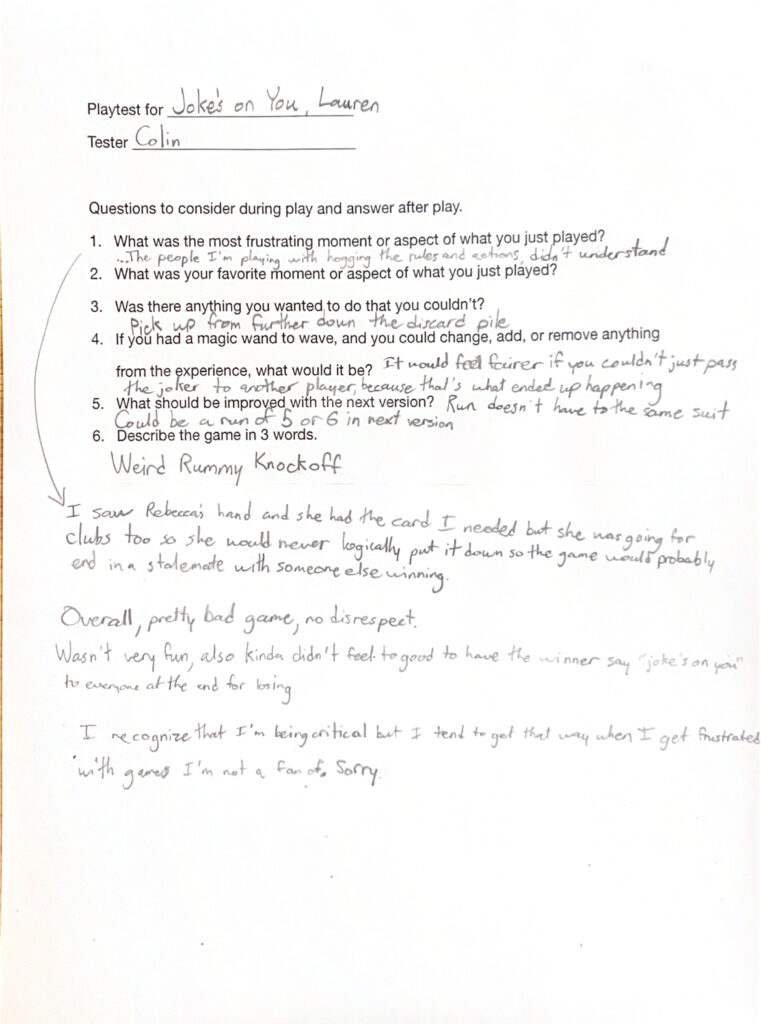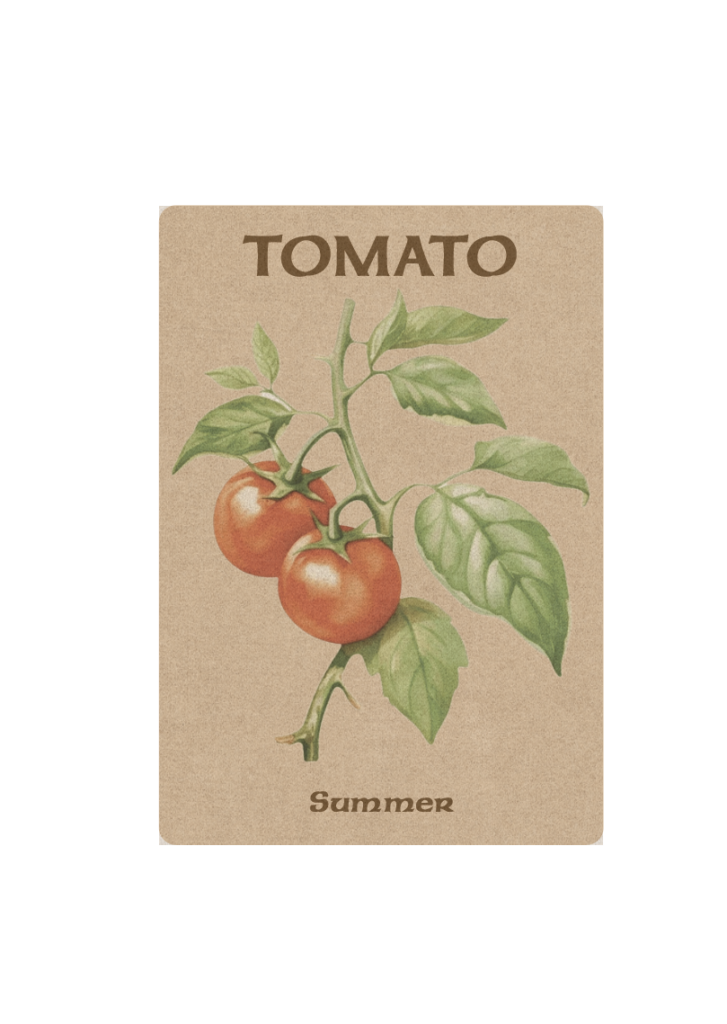Art Heist
What was the most fruatrating moment or aspect of what you just played? keeping track of where everyone was
What was your favorite moment or aspect of what you just played? getting to blame the other players
Was there anything you wanted to do that you couldn’t? no
If you had a magic wand to wave, and you could change, add, or remove anything from the experience, what would it be? add other jobs because the joker is the only one who actually reaches for the art
What should be improved with the next version? more reasons to reach for the art because its obvious who it is if only one person is reaching for it.
Descibe the game in 3 words? mysterious, active, interesting
Bear Heist
What was the most fruatrating moment or aspect of what you just played? Being creative enough to figure out what to do
What was your favorite moment or aspect of what you just played? The chance of seeing if youll roll under a 3
Was there anything you wanted to do that you couldn’t? nope
If you had a magic wand to wave, and you could change, add, or remove anything from the experience, what would it be? I like the game how it is
What should be improved with the next version? Maybe add more characteristics for the bears
Descibe the game in 3 words? fun, creative, collaborative
To Feed or Not to Feed
What was the most fruatrating moment or aspect of what you just played? Picking up only low cards
What was your favorite moment or aspect of what you just played? getting to feed my animals
Was there anything you wanted to do that you couldn’t? no
If you had a magic wand to wave, and you could change, add, or remove anything from the experience, what would it be? add a rule for what happens if you tie
What should be improved with the next version? I think its pretty solid and a lot of the changes were added already
Descibe the game in 3 words? fun, competitive, intresting
Jokes on You Prototype 2
Players: 3-6
Setup: Shuffle the deck including the Jokers. Deal 7 cards to each player. Place the remaining cards in the middle of the table with another card placed next to it face up.
Gameplay: The goal of the game is to be the first person to get a run of 7 cards. A run is 7 cards in numerical order that are all the same suit(7♠ ,8♠, 9♠, 10♠, J♠, K♠, Q♠). You can pickup from either deck, but you can only grab from the top of the deck. The first player discards to the person to the right. Always pickup a card first and discard last. The rest of the game the players discards to the discard pile and the person to their right. The card discarded to the right will wlays remain faced down. If you pick up a Joker, you can use that card to take someone elses card from their hand. Once the Joker is used it goes into the discard pile and cannot be picked up again unless the deck is shuffled. Frist person to get their run and says “Jokes on You” is the winner.
Other Rules: If you run out of cards, reshuffle the deck
The run does not have to start at ace/one, you can start at any number as long as you can get 7 in a row. (you can’t start at Queen as you can only get two cards past it)





